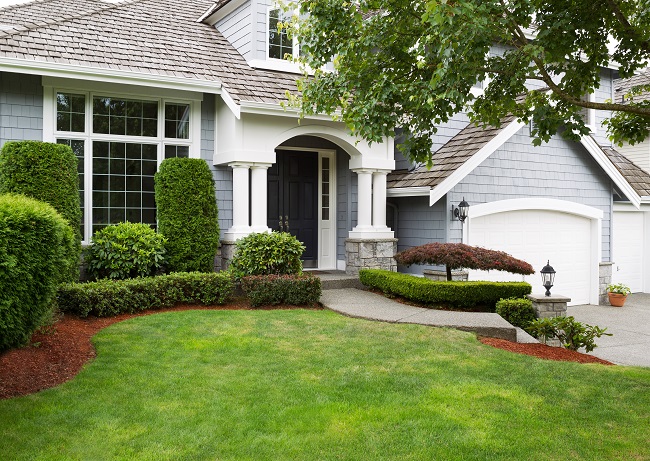How to Replenish Your Yard After Tree Removal
Sometimes trees have to be removed despite everyone’s best efforts to save them. This can happen after a property fire, heavy storm damage that devastates a small grove of trees, or even a quick-spreading disease. Once you have your tree management company cut down the trees and grind the stumps, it’s time to rebuild. Make sure you don’t rush by following these three steps:

1. Get the soil inspected and add back missing nutrients.
A fire can burn up a lot of the nutrients and plant matter that go into the soil. It also leaves behind a hardened layer of ash. Before you plant new trees on the site, have an arborist inspect the area and recommend the right treatments to get the soil hydrated and healthy.
The soil near a disease outbreak or fungus needs even more preparation. It’s important to completely remove or counter soil that carries stubborn traces of any parasites or problems. Follow your arborist’s recommended guidelines for wait times before planting.
2. Don’t use fast-growing trees.
It could take decades for the replacement trees to look like the ones you lost, and that’s okay. Slow-growing trees are hardier and have better defenses against temperature changes, invasive species, and physical damage. Fast-growing trees that are bred just for quick expansion have weak wood. That means they can’t handle snow or windy weather. Their thin bark also can’t ward off disease or sunscald.
3. Use local varieties.
If your lost trees provided important shade or were a vital part of the overall landscaping, then you might not be able to wait for younger trees to grow into their place. If you need to plant mature trees, look for local varieties. Native Texas trees are more drought- and heat-resistant. They can also better handle the stress of a new placement than exotic varieties, and local varieties are sturdier.
Go to Texas Outdoor Oasis for a complete landscaping and hardscaping service.
